Dear Microsoft, You Missed the Boat

I’m a web designer and developer who has been working with a variety of tools and languages in the web development industry for about 10 years now, mostly dealing with front-end tools and coding practices. Although I’ve spent a lot of time with you and your various technologies, I feel obligated to tell you that you missed the boat. Let me explain why.
About 9 years ago you released what was at the time the most standards-compliant web browser in existence, for which you even had the backing of Jeffrey Zeldman. Around that time, you were taking the browser market by the collar and showing it who’s boss. At one point, as you know, your browser held a 95% market share.

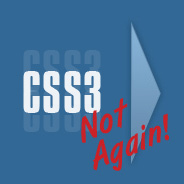
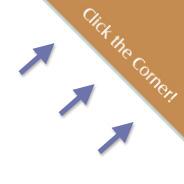 The other day I came across a useful site called
The other day I came across a useful site called  At some point, you may have a situation where you want to center multiple elements (maybe
At some point, you may have a situation where you want to center multiple elements (maybe  Ever since WordPress burst on the scene and gained huge popularity among designers, developers and Joe Blow bloggers, it has become shockingly easy to create SEO-friendly content. WordPress handles everything for you: Pretty spider-friendly URLs, semantic content, accessibility, and structurally accurate heading tags.
Ever since WordPress burst on the scene and gained huge popularity among designers, developers and Joe Blow bloggers, it has become shockingly easy to create SEO-friendly content. WordPress handles everything for you: Pretty spider-friendly URLs, semantic content, accessibility, and structurally accurate heading tags.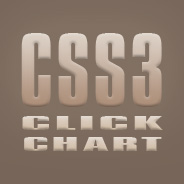
 A little over a month ago, I published a fast-paced
A little over a month ago, I published a fast-paced 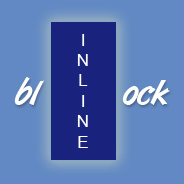 If you’ve been developing with CSS for some time now, you’re certainly familiar with the
If you’ve been developing with CSS for some time now, you’re certainly familiar with the 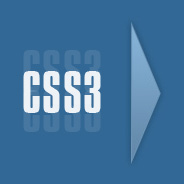 I’ve added five new items to the
I’ve added five new items to the  This topic doesn’t necessarily need a long explanation of the three main points, so I’ll just list some factors for consideration by way of an “infographic” (or at least, my own pathetic attempt at one).
This topic doesn’t necessarily need a long explanation of the three main points, so I’ll just list some factors for consideration by way of an “infographic” (or at least, my own pathetic attempt at one).